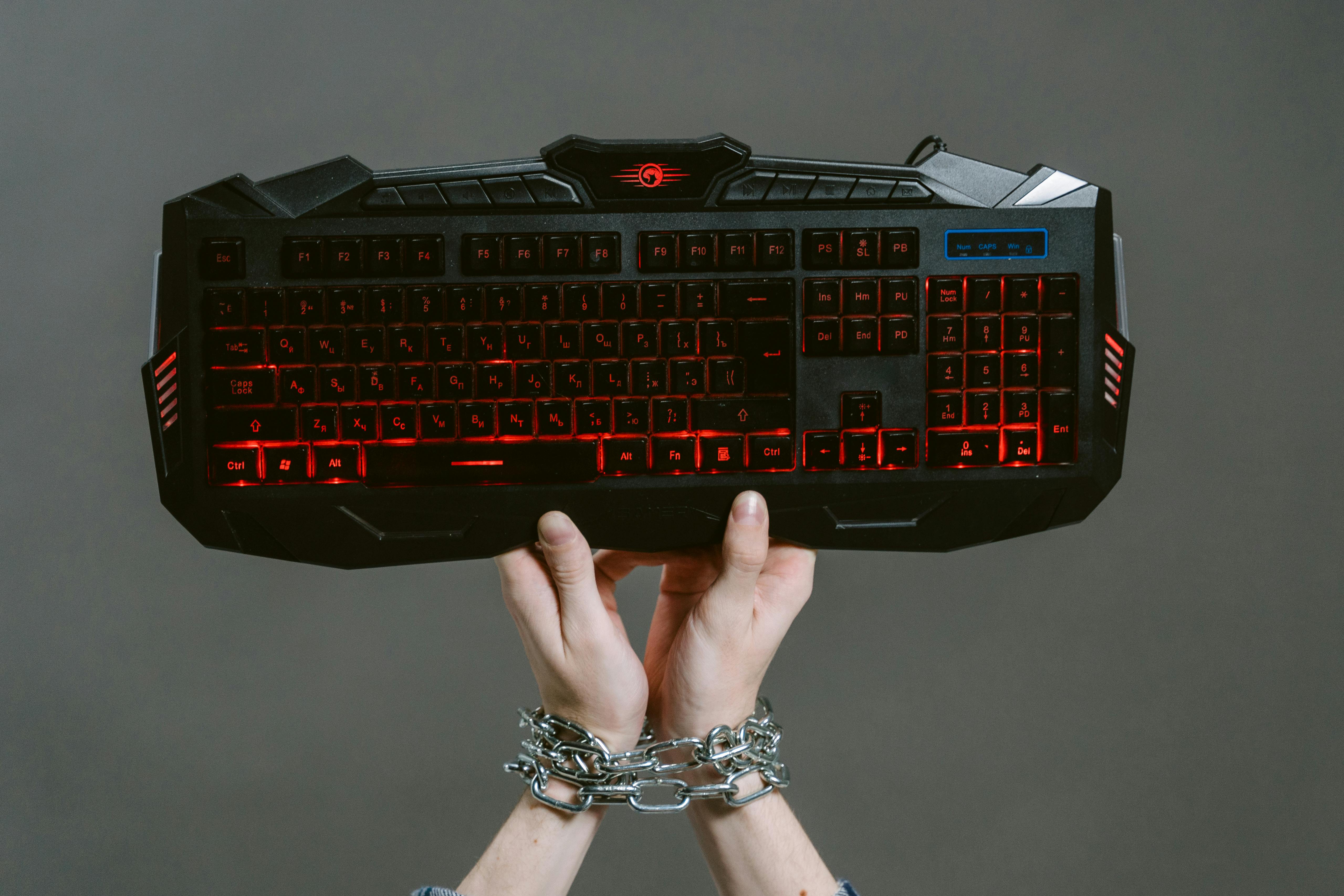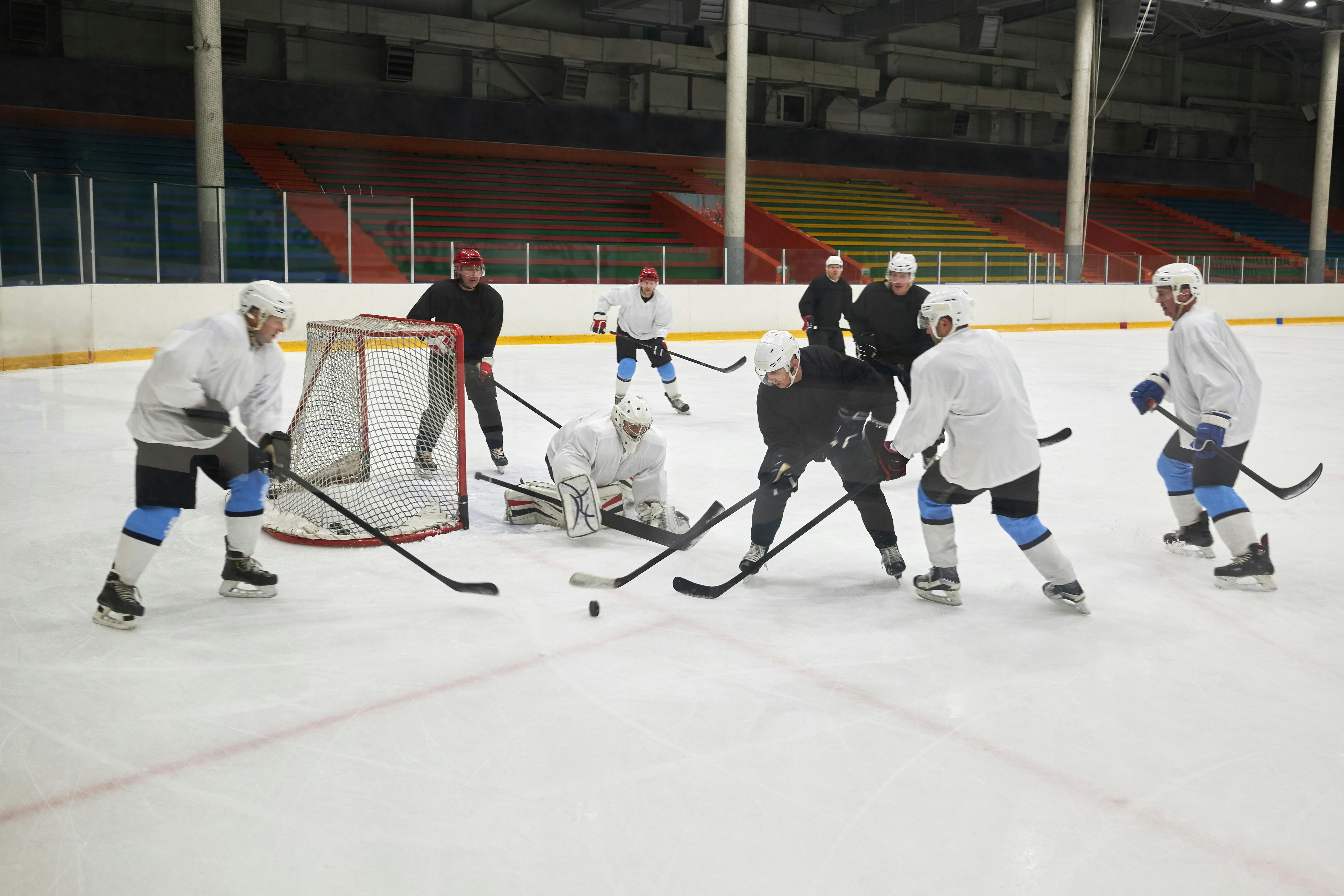
Computers are now an important part of many people’s lives. Computers can be different: mobile, stationary, special, universal, etc. For a regular user, there are two main types of computers: desktop and laptop (notebook). The mobility of the laptop allows you to move freely and easily while holding or using a laptop. These days, laptop manufacturers make a wide range of different types of laptops: thin / light, notebooks, ultraportables, netbooks, desktop replacements, etc. The performance of the current high-end notebook is sufficient to run most software applications.
A thin and light laptop is almost the same as a normal one, but optimized in terms of weight and size. These laptops can be different in terms of price and performance. They can perform most computing tasks to a certain level. They work better than ultraportable laptops, but are smaller and more portable than regular laptops (although they may have the same LCD panel size). These laptops are designed for those who travel a lot, who want a system that is simple and useful enough, and who prefer to sacrifice computing power for portability.
The mini notebook type, ultraportable laptop (sometimes called a subnotebook) is smaller and lighter than a typical laptop. However, you can run a normal desktop operating system. Subnotebooks typically have smaller LCD screens (less than 13 inches). Smaller sizes and weights are typically achieved by taking out ports (or having removable disk drives). However, most of them can be combined with docking stations to become fully functional notebooks.
There are mini notebooks with a new concept that are commonly called netbooks. They are even less expensive than mini laptops. Its main feature is an optimization for use as Internet-capable portable devices. Netbooks were made as compact as possible, yet powerful enough for most common applications such as web browsers, email, word processing, presentations, and other simple software. ASUS EEE PC was the first netbook model in a new class of systems.
A few years ago it was unimaginable that laptops could come close to the performance of desktop computers. However, today’s best technologies allow you to make the performance of your notebook almost equal to the performance of a desktop. The so-called “desktop replacement notebooks” are designed to be complete systems that have nearly equivalent processing power and capacity to desktop systems, but in a mobile package. Today’s high-end desktop replacement laptops should be able to replace desktop computers soon in many areas. Its performance is approaching the performance of desktop computers. However, their cost is higher and they are larger and bulkier than normal laptops.
When comparing laptops and desktops, we must keep in mind that laptop processors (CPUs) differ from their desktop counterparts. The reasons for this are the limited amount of power they have to function and the difficulties in providing good temperature conditions. To do this, manufacturers use different tricks, such as CPU scaling, where a processor scales its power use (and consequently performance) to tasks. This presents a great challenge in balanced performance and power consumption. The less power the laptop uses, the longer the system should be able to run on batteries.
Another downside to using laptops is that the keyboard and mouse on laptops may not be as convenient as they are on desktops. Also, an extra-large screen size may be the most important parameter for some types of jobs. Therefore, desktop computers that have been specially designed as servers, or those for professional video processing, complex computing, scientific research, can never be replaced by laptops. To this end, desktop replacement laptops may never be the same as high-end desktops.








